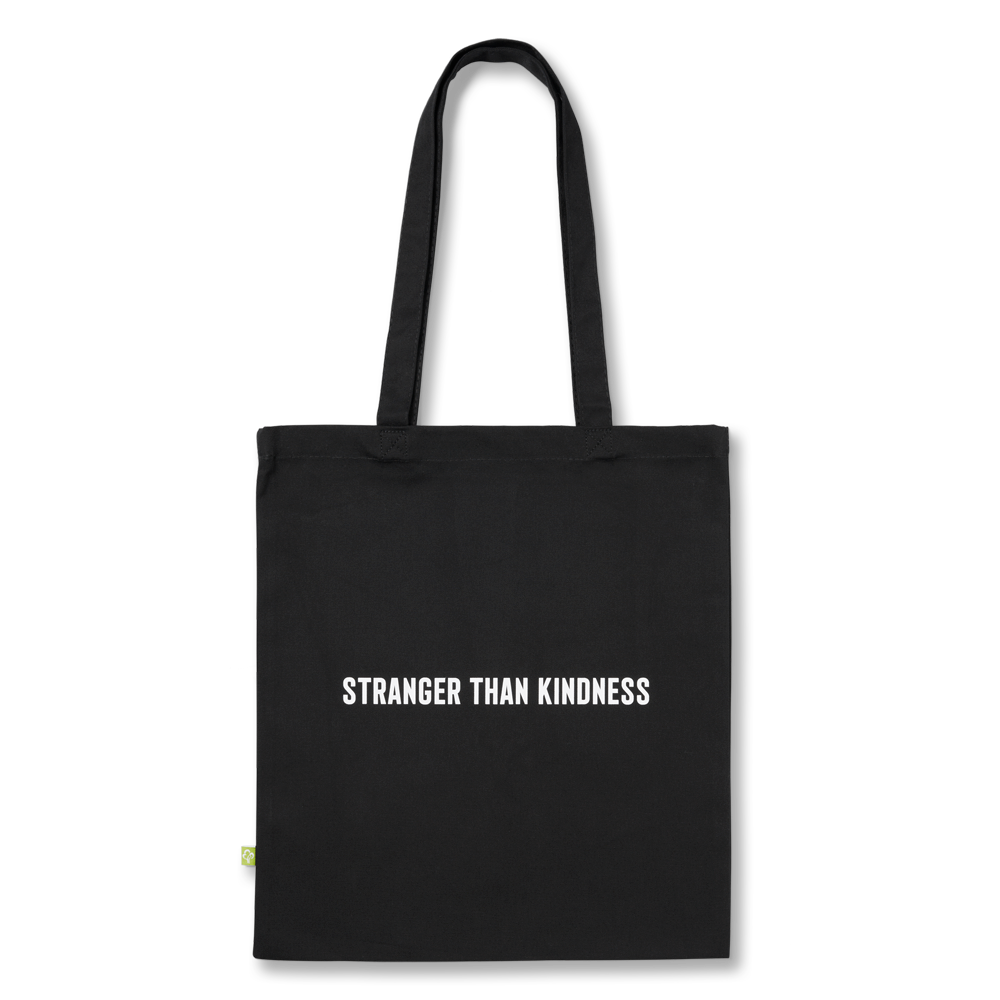Activating the taste map
How to create, deliver and capture social distinction
Welcome to the Sociology of Business. If you are not subscribed, join the community by subscribing below. To kick the new year off, here’s also the 30% off promo code SS330 on my book The Business of Aspiration, applicable on the publisher’s website.
In the first part of my Taste Map analysis, I explored the taste territory that replaced traditional taste dichotomies (good vs bad taste, highbrow vs lowbrow). In the second part of the analysis, I focus on how brands can capitalize on their customers’ evolving social codes and status needs, and provide new ways of signaling distinction and belonging.
As a reminder, the four quadrants of the Taste Map are:
Q1: The domain of collaborations, one-off items and limited editions that have to be known about, chased, waited for and found. Social approval is not openly sought, but is critical for success. Examples: Matthew Williams, Black Buzz Rickson MA-1 Flying Jacket.
Q2: The domain of Big Luxury, Big Art and Big Real Estate. Marked by lack of irony. Often the domain of expensive kitsch. Economic power beats social approval (“I have money and I don’t care what people think”). Example: Melania Trump.
Q3: The domain of faux-taste and lack of irony. Closely linked to Big Luxury via mimetic desire. The only thing separating the two is price. Craving for social approval is high. For examples, open Instagram.
Q4: The domain of experimentation, creativity and aesthetic innovation. Here’s where new trends are born. The MO is one of subversion and irony. Craving for social approval is low. Example: MSCHF.
The social signaling strategy
Operationalized, the four taste quadrants model translates into the specific production, distribution, merchandising and marketing approaches. Thus model is applicable to the vast array of brands, from Brooks Brothers to Ralph Lauren to Everlane to Zara.
Keep reading with a 7-day free trial
Subscribe to The Sociology of Business to keep reading this post and get 7 days of free access to the full post archives.


